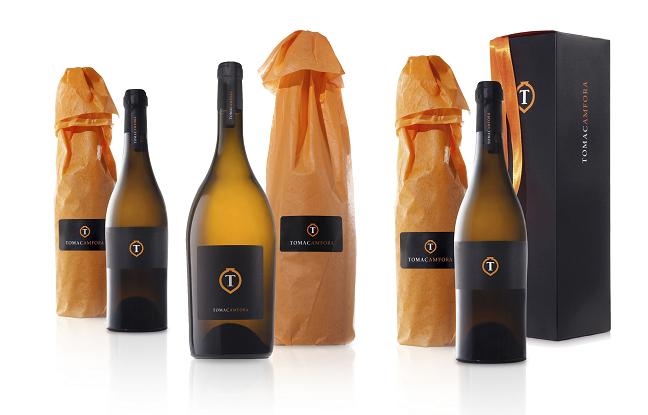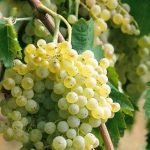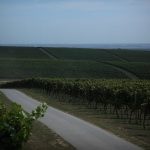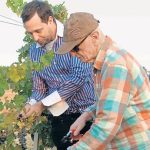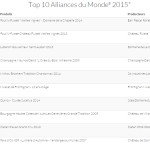“In the 2010 harvest we were not satisfied with the raw material for the wine we wanted to nurture in amphorae. Father suggested we champagne it. I was against. I was afraid the tannins from amphorae will not go well with carbon dioxide,” said with honesty Tomislav Tomac and gave his father Zvonimir the credit for the wine they made first in the world, but it will not be unique for long. They brought it to Champagne and presented it in a small but famous champagne winery Salosse. After tasting, Anselme Salosse, bought two clay tanks and nurtured in them the base wine for the 2015 harvest champagne.
Production of any good champagne is a job that takes years, while creating sparkling wines from amphorae is especially long and complex. The grapes are first macerated in their own juice in amphorae buried in the ground with occasional stirring. It is then pressed and aged for a year and a half in a 3.00 litre wooden barrel. It is then poured into champagne bottles where another fermentation takes place in which bubbles form, a process of nearly a year. Hence this wine can be on the market at the earliest three years after harvest. The complex procedure is felt in the glass too.
“I frowned a little, thought about it a lot, enjoyed plenty, but was silent when I first tasted it,” I wrote down at my first tasting. Three months later I barely corralled my stream of praise, and after another three, during the third tasting, it was clear the sparkling from amphorae made the Tomac family surpass even their still wines from amphorae and previous sparklings, which were the best in Croatia anyway. And beyond.
“It is rustic and has oxidation notes. The scent is composed of oranges, caramel, toast and autumn fruits, while the taste has freshness, marmalade and tannins. It is a wine of a complex style that pushes the boundaries,” the editors of Decanter described the Amfora sparkling and recommended it to be consumed between 2017 and 2020.
For the original and more from Vino.hr blog on wine, click here.

